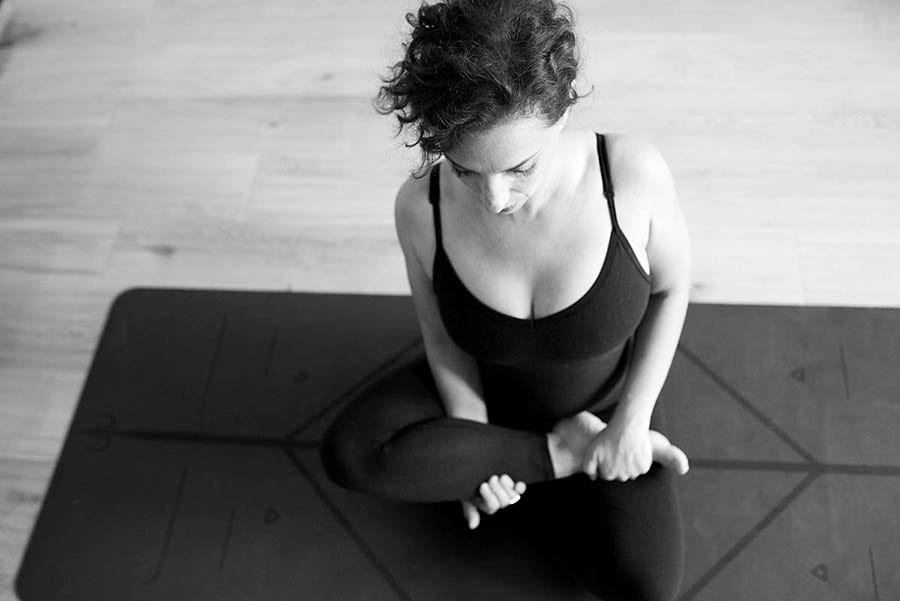Connective Tissue: Floppiness, Force Transmission & More
Yoga for Bendy People: Post #3
This is the third post for our book club featuring Yoga for Bendy People by Libby Hinsley. If you have not ordered the book yet, I encourage you to do so here and join us!
Also, please be sure to register for our conversation with Libby on June 29th at 9am Pacific. I’ll put the registration link at the bottom of this post. If you’re not a paid member and you’d like to join us, consider upgrading your membership.
(To read previous posts, click on Yogaland Book Club in the navbar above.)
Chapter 3: Connective Tissue Nitty Gritty
Calling all anatomy & physiology nerds! Chapter 3 is for you! (And me.)
This chapter is a deep dive into connective tissue. It explains how bendy bodies have connective tissue that behaves slightly differently, which is most likely due to collagen differences.
In laymen’s terms, when a bendy body stretches, the collagen yields more easily and it snaps back into place more slowly.
But, let’s back up and get the lay of the land, as Libby does in her chapter. Here are the important definitions:
Connective tissue is a “broad umbrella term that concludes tendons, ligaments, joint capsules, fascia, and bone, adipose tissue (fat), and blood.” (p. 60)
What connective tissues do: Connect, support, and bind together other tissues and perform myriad functions all on their own
Tissues focused on in the book: Ligaments, tendons, joint capsules, fascia — all of which are largely made of collagen.
Collagen and elastin are most common structural proteins in connective tissue.
Elastin is able to stretch and then returns right back to its original length
Collagen is “nothing like a rubber band; it’s like a steel cable. Its superpower is resisting tensile force, otherwise known as stretching. Collagen-rich tissues have some give to them but not much.” (p. 60)
There is a section on fascia in this book — if you need a fascia review, you can read more about it in our previous book club with Jill Miller. (The post, Fascia and Your Sensing Systems will be helpful).
The main point that Libby conveys about fascia is that it is a “collagenous connective tissue that surrounds, separates, and binds together muscles, organs, and other tissues.”
Note the relationship between muscles and their surrounding fascia: While muscle contraction generates the force for movement, connective tissues transmit that force across joints, making movement integrated and efficient. (p. 63)
With that in mind, since bendy bodies tend to have less collagenous (fair to say, weaker? I’d have to ask Libby) connective tissue, it is less efficient at transmitting force across the joints.
As a result, a number of things can happen for bendy folks:
Keep reading with a 7-day free trial
Subscribe to Yogaland to keep reading this post and get 7 days of free access to the full post archives.





